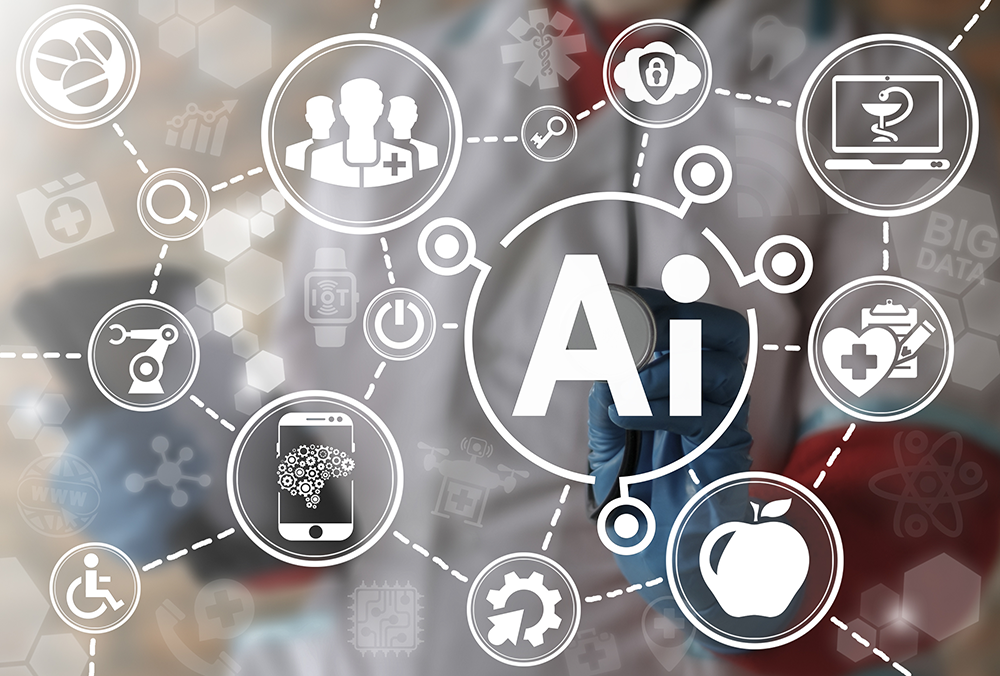Cyril Perducat, Executive Vice President of Internet of Things and Digital Offers, Schneider Electric, asks how businesses can seize value from Artificial Intelligence.
Last year, Forrester noted that: “The honeymoon for enterprises naively celebrating the cure-all promises of Artificial Intelligence (AI) technologies is over: …AI and all other new technologies like big data and cloud computing still require hard work.”
Given that 70% of enterprises expect to implement AI this year, including Schneider Electric, I would like to offer three concrete ways companies can seize the business value that I strongly believe AI promises.
Lesson 1: Be pragmatic
Integrating an AI strategy can seem like a daunting task as Forrester analysts point out, so we recommend that any company embarking on this journey start with a pragmatic, practical approach to individual AI projects.
Ask upfront: “Which problem can I solve with an AI-enabled digital solution?” This question always prompts our R&D process to lead with the customer challenge in mind. This approach worked well, for example, when an onshore oil and gas customer needed a better way to manage the productivity and maintenance of extremely remote oil pumps. We worked with Microsoft to develop a solution that uses local analytics enabled by Machine Learning.
Lesson 2: See the value in new digital business models enabled by AI
For all of us, Digital Transformation at large is about finding ways to create new business value from digitisation. I had the opportunity to discuss this topic at length with Microsoft’s General Manager of Manufacturing Çağlayan Arkan.
We agree that it’s often challenging for any legacy company, however, to see beyond its core business model to launch and accelerate a digital journey. Will I cannibalise my business? How do I circulate new value for customers?
AI applications can help customers understand what it really means to push forward new digital business models in a disruptive yet profitable way.
Take long-time machine builders or Original Equipment Manufacturers (or OEMs) as an example. Most OEMs build highly specialised equipment, such as the smaller-footprint coffee pod machine we co-innovated with our customer SOMIC.
In many cases, though, the CapEx commitment for such tailored machines is high. But what if a machine builder could leverage AI, coupled with remote monitoring capabilities, to begin offering ‘uptime as a service’ to its end-users? This is a way to lower the CapEx burden for end-users.
Only AI makes this business model possible, as trained data models can qualify whether a machine’s downtime is really a machine issue vs. human or other error. See AI’s value here for driving new business models?
Lesson 3: Build strengths on top of your domain expertise
Having strong domain expertise is critical to making AI projects successful. Do not underestimate its value. Why? Data overload is a known reality, so it’s clear that we don’t need more data. What we do need are much better ways to tap the business value of that data. Most companies are not AI experts; channeling domain expertise it what will make AI projects relevant to companies and their customers.
This is really what we see as the of AI’s golden value: turning data into insights. You can read more about this process in an article I co-authored with Microsoft’s Lance Olson, Partner Director of Program Management, Cloud AI Platform.
Schneider Electric’s EcoStruxure architecture is founded on our own deep domain expertise across industry, buildings, data centres, grid, plant and machine. We drill down even more to the segment level to ensure that our customer-driven AI projects have a worthwhile business impact.
My point here is to create AI project teams that include an AI expert, a computer scientist, and, just as crucial, a domain expert. It is the domain expert who can ask the right questions for AI to solve and, more importantly, know how to best respond to what the AI models reveal (e.g predictive maintenance applications).
AI’s promising future is here
So is the honeymoon for AI over? With the proper attention to integration and deployment issues, we believe that AI as the next wave of IoT innovation has only just begun.
Click below to share this article

